I've always been fascinated by birch forests. Especially the young ones, where the trunks are unreal white. It's a tree that's made to be chopped down. Even after it's felled, it doesn't lose its beauty and is a favorite with decorators. A simple piece of birch or a few thicker branches tied with a ribbon, for example, can be the perfect decoration for the Christmas table. The white bark with its light stripes or dark dots is a perfect suggestion of snow. I promised a while ago that I would tell you more about birch wood, and I thought there was no better time than now, on the eve of Christmas.
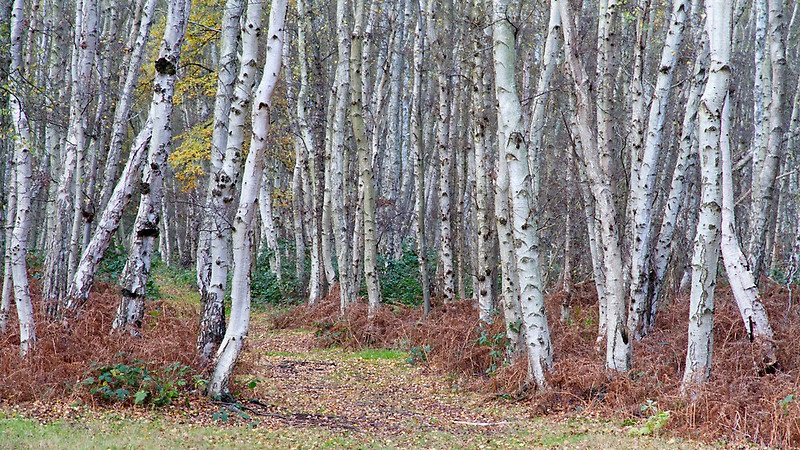
There are several kinds of birch, but the one that grows here is Betula pendula (also known as Betula verracosa or Betula alba). The English name is Silver Birch. Native to Europe and Asia Minor, it grows spontaneously in the plains, but also in the mountains at altitudes of up to 1600m. It is rather fussy, intolerant of clayey, compacted soils, shade or excessive drought. But it is resistant to frost. When young, the bark is smooth and white and exfoliates in a circular pattern. These pieces of bark are very beautiful and can be used to make various decorations as well as larger objects, you will see immediately. As the bark matures, it darkens in color, becomes hard and barky. The process starts at the base of the trunk. The scrubs are mainly ornamental trees that can grow up to 25-30 m tall and are planted in parks or yards.
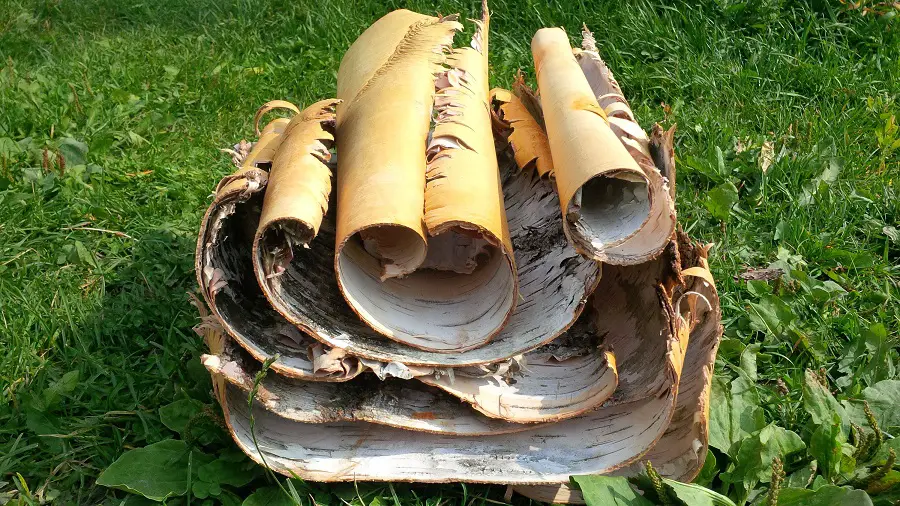
Birch wood is not as spectacular as other species. It has a fairly uniform, yellowish-white, fairly uniform white bark, sometimes with cherry-like curly fibers. The difference between sapwood and heartwood is in most cases non-existent. Where a difference is seen, however, it is very slight, with the heart heartwood having a slight reddish-brown tinge. The fiber is straight, fine, uniform, rarely slightly wavy. The pores are medium-sized, fairly numerous and evenly distributed throughout the annual ring. There is no difference between latewood and earlywood within the annual ring, and the rings are hardly visible, the difference between them being very small.
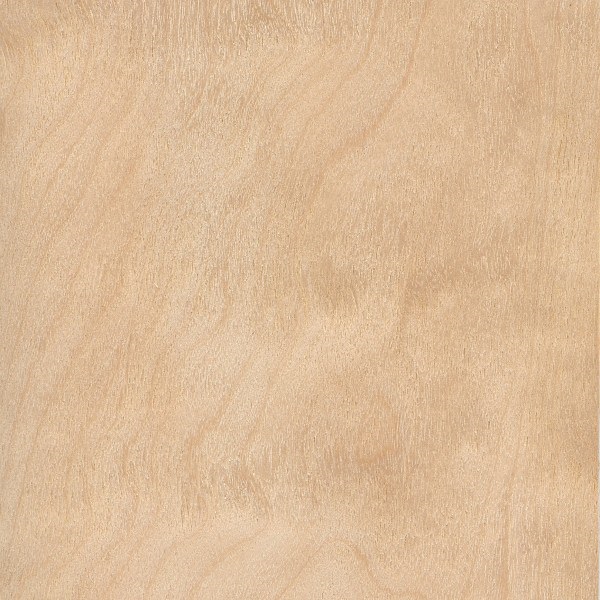
Wood is light and resilient, which is why it has been used in aeronautics in the past. It is not recommended for use in construction because of its tendency to rot in damp conditions. It is mostly used for simple pieces of furniture, decorative objects or interior decoration.
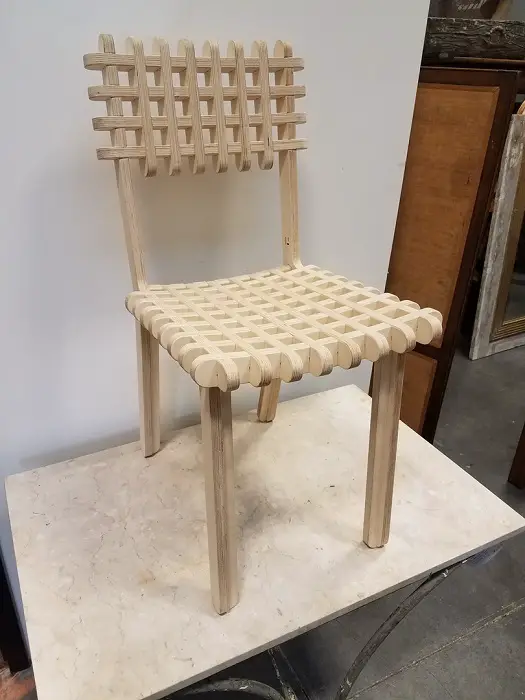
The main industrial use of birch is for plywood, especially multilayer plywood. Being a light wood also makes the resulting plywood lighter.
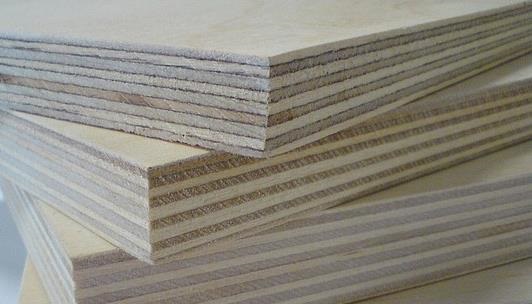
It's not a very hard wood so it's easy to carve and is used for decorative spoons. Rings can also be made from birch wood.
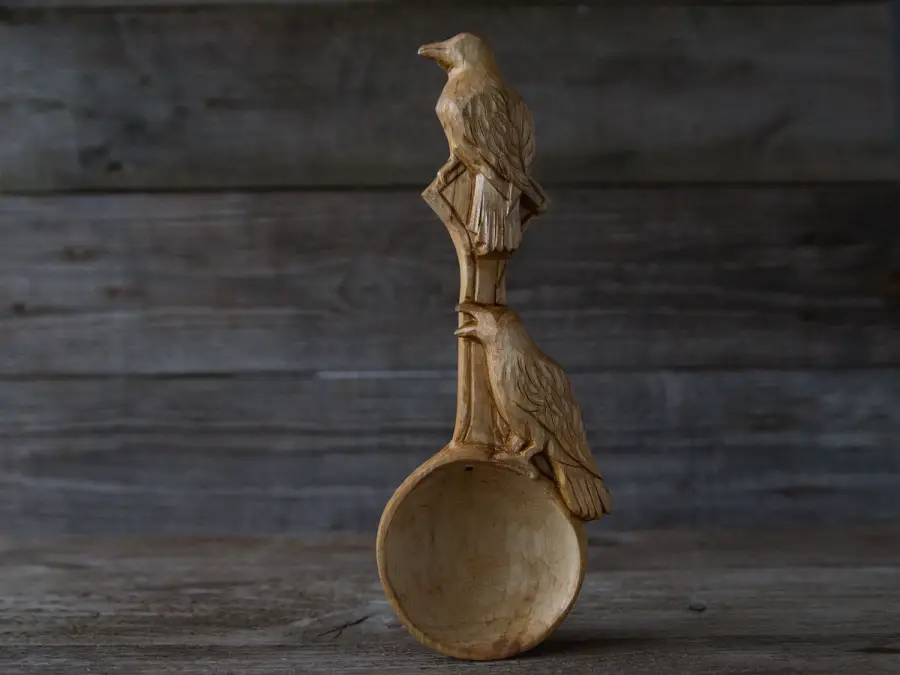
Its white bark with slight black stripes makes it very suitable for decoration. Birch wood slices are used to make various arrangements, for medallions or to decorate objects. Exfoliated bark can be used to make boxes or baskets. It is very suitable for decorating wedding, Christmas or New Year's Eve tables.
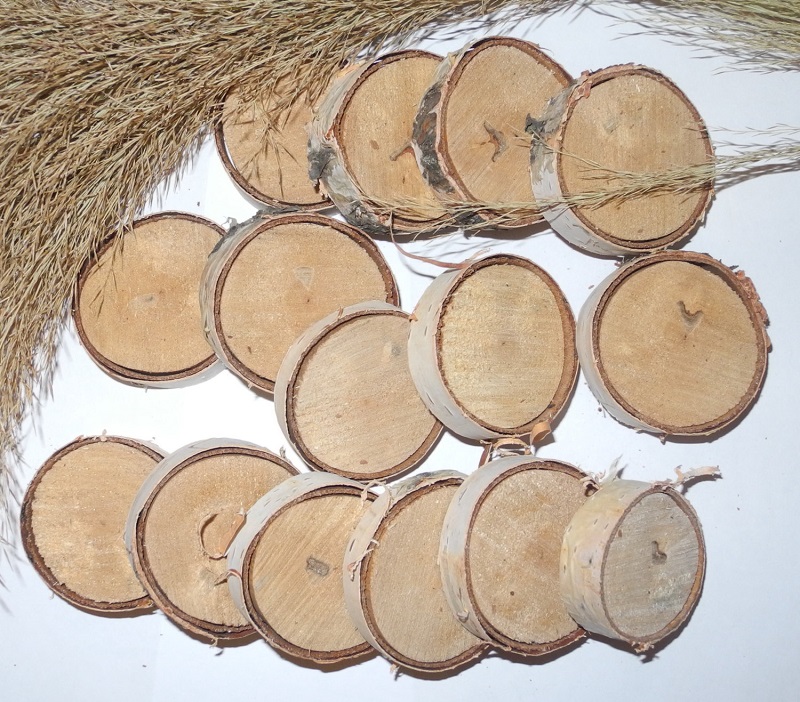
Long young trunks are used by designers or architects to make dividing walls or to beautify different areas of the house. Pieces of the trunk can be used as legs for tables or to pin poles together.
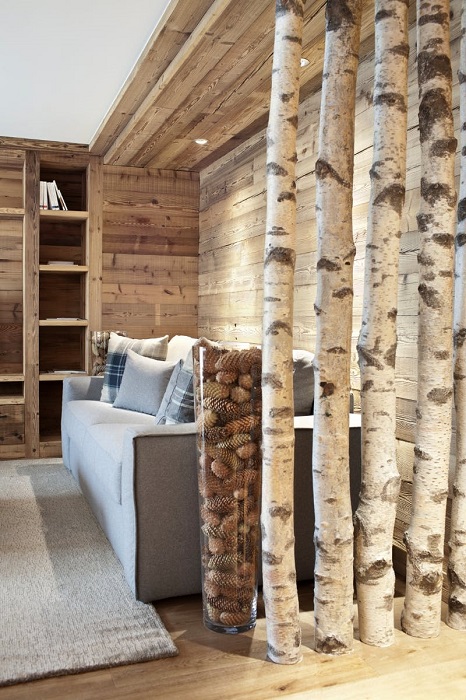
The beauty of the bark has always inspired designers, so even crazier ideas have come up. A Dutch designer made a set of sofa and armchair furniture almost entirely covered in birch bark.
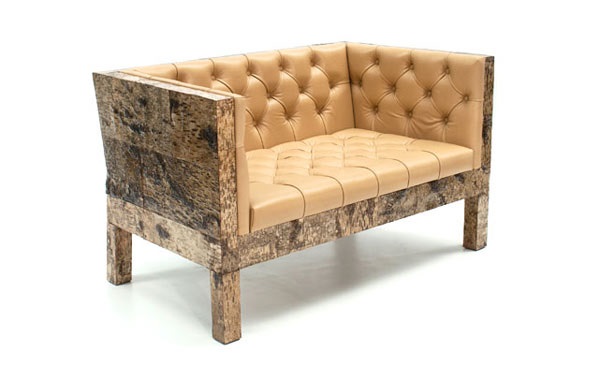

A curiosity of birch wood is that its sap is highly prized as an eco-friendly refreshing drink with its sweet-sour taste, but also as a miracle cure for various ailments. It is harvested from mature trees in March-April, when nature comes to life. To harvest it, a small hole, 6-8 cm deep, is made in the trunk of the tree. After collecting up to half a liter of liquid, the hole must be covered with wax or resin to prevent the tree from getting sick. The liquid is a physical and mental tonic and is used to treat gout, kidney disease and poisoning. Some sources recommend it for the natural treatment of cancer.
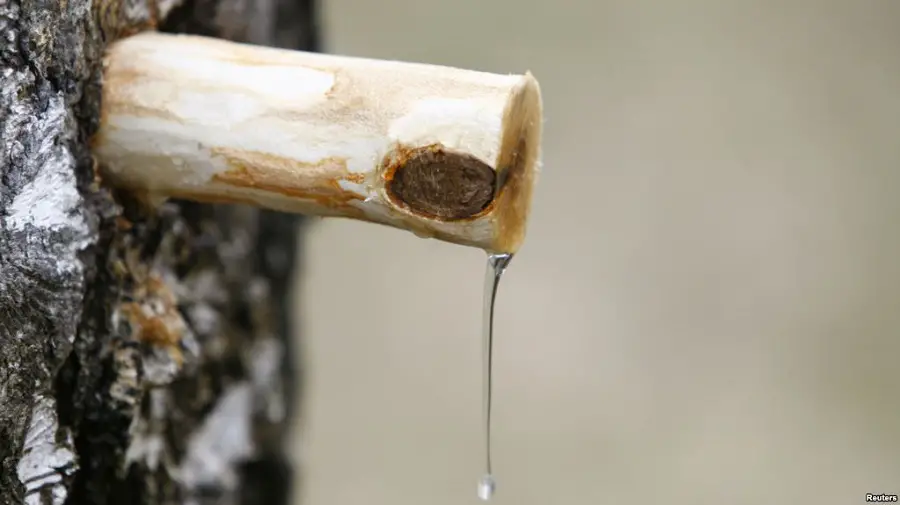
Birch wood is also used in gastronomy, for smoking fish (a method used in Scandinavia), but also for poultry and pork.
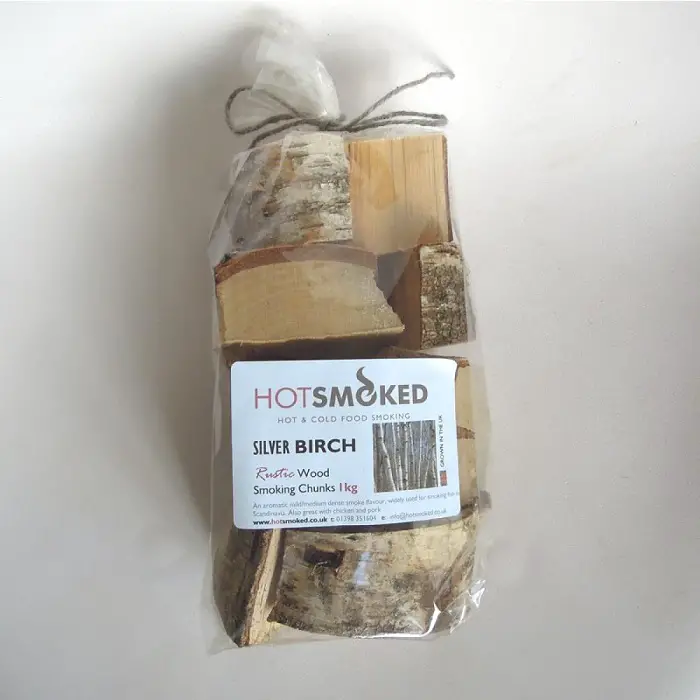
If you can get hold of a few birch twigs tie them with a silver or gold ribbon, attach a red globe and a fir twig and place them on the table. They will delight you and create a nice, festive atmosphere. Merry Christmas!
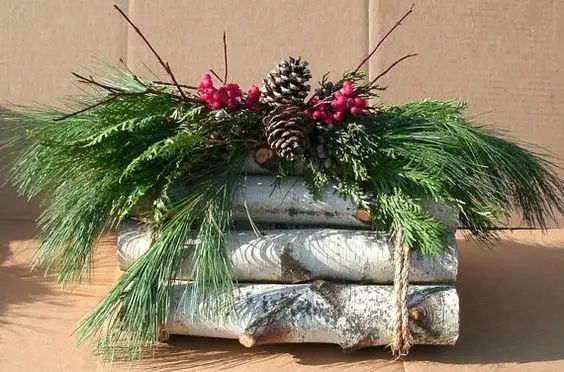

























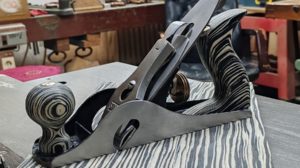
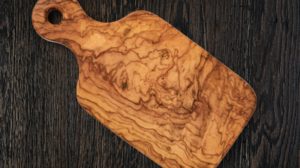
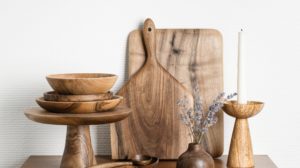
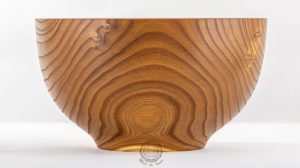
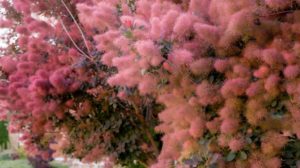

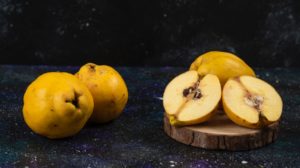
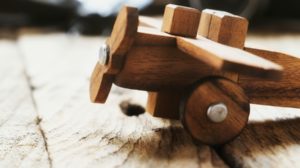



I too am fascinated by the birch tree, with its white bark that seems to be from another planet. They say that when you're upset it's good to hug a birch tree and tell it your troubles.
I did not know this. Thanks for the information.
Good evening,
We too have decorative birch trees in our house, but they have not been treated with pest repellents, and now we have to deal with some insects that seem to gnaw under the bark, they look like worms with brown heads. More recently, they've even hatched and flown away. They look like smaller moths / butterflies. I don't know exactly what they are. The trees have been dried beforehand. Can you help me what to treat them with, considering they are already inside, mounted, chemically anchored, and we have two very young children? 🙂
Thank you,
Hello.
It's quite a complicated situation. The insect larvae have been under the shell and have continued to develop to the butterfly stage. The problem is that before they die they lay more eggs and the cycle starts again. There are treatments that can be done only they are difficult to do in the house and in conditions where the trunks are mounted. The trunks should have been treated first. The treatment you can do now means spraying aggressive chemicals on the trunks repeatedly until they are completely gone. Insects die at very low or very high temperatures, but I don't see how you could, under the given conditions, bring the temperature down to freezing or above 60 degrees.
In the link below you can find more information about curries and treatments.
All the best!
https://revistadinlemn.ro/2017/08/08/despre-cari-motivul-aparitiei-ciclul-de-viata-preventie-tratamente/
Hello. I am also interested in a birch living room wall. How do you proceed? Can you help me?
Good evening!
I don't understand how I can help you?
Are you interested in making such a wall to buy?
Thank you!
Hello. I have closed a corner of the balcony with some birch branches. Someone recommended that I put linseed oil on it to protect it from the damp. But I'm afraid that the linseed oil will change their colour as they dry. Can you recommend a treatment that will protect them and keep their colour? Thank you.
Hello!
It's hard to find something that doesn't change colour. If it were indoors I would recommend solvent based acrylic varnish, it is the one that keeps the natural colour best. In your case, the wood is outside and needs protection from water and UV radiation. Over time, the sun will change the colour of the wood, turning it yellow. I would try an oil with a small amount of pigment inside, 3-5% (a semi-transparent white oil). White doesn't protect very well against UV radiation, but the white effect of birch wood will stay for a longer time.
All the best!
Hello,
I want to make a birch dividing wall in my house, I have the trunk of birch trees, but my question is, do they have to be peeled? After peeling, do I put a thin varnish on them to protect them against pests, and then I can put them in the house?
Hello!
It does not need to be peeled, but must be treated against insects. An effective solution can be found at Bochemit. I advise you to apply a thin layer of wax, paraffin or diluted primer on the ends of the trunk, where the fibre is cross-sectioned. Moisture exchange will be better controlled and the wood will not crack. After the insect solution you can treat it with a water-based varnish or leave it as it is. Water-based varnish changes the natural colour the least. There is also the option of acrylic varnish on solvent, but the solvent content can be an impediment.
Good luck!
what more accurate solution from Bochemit?
I also want to put birch in my house and in my room and I wanted to know step by step what to use on the birch before I put it as I don't want it to rot or worms or insects to come out of it.
Thank you very much
The solution to prevent the attack of woodworm and fungi or to treat if the insects are already in the wood.
Find full information about these treatments and where to find them in the links below.
All the best!
https://revistadinlemn.ro/2020/08/27/tratament-preventiv-impotriva-ciupercilor-mucegaiului-si-a-insectelor-care-ataca-lemnul/
https://revistadinlemn.ro/2020/07/30/cum-scapi-de-cari-si-alti-daunatori-ai-lemnului-solutii-anticarii-lemn/